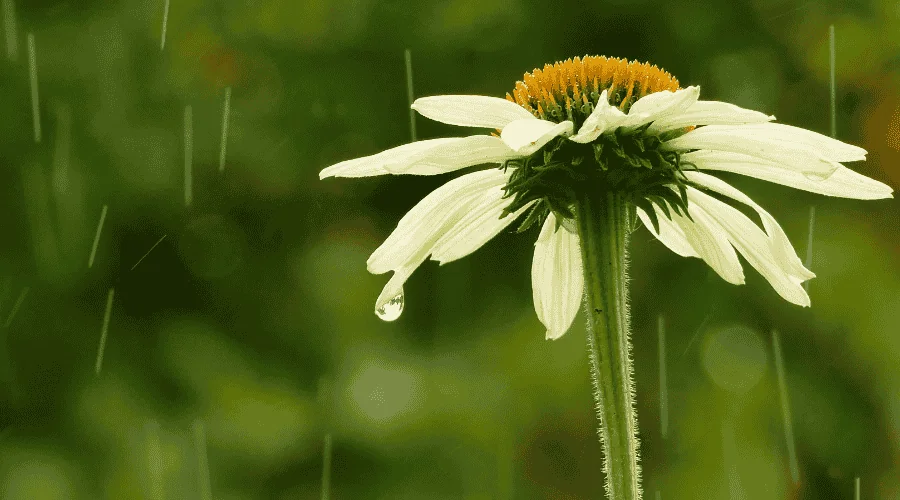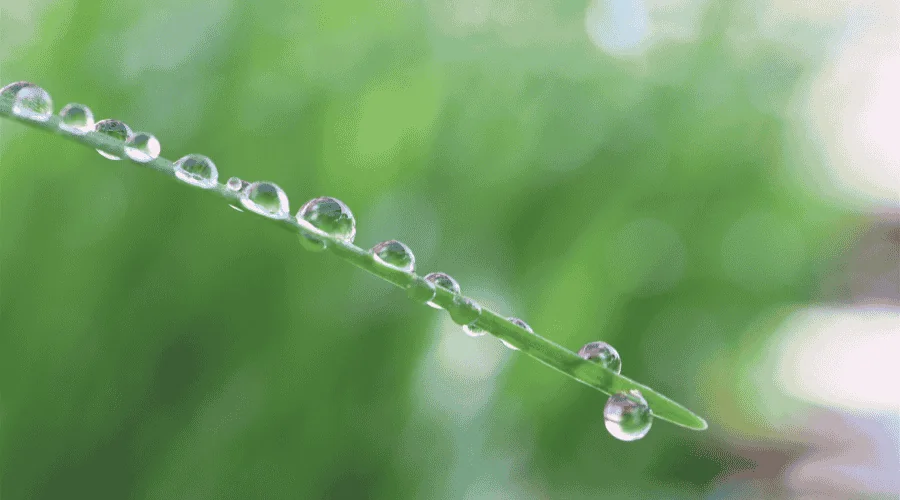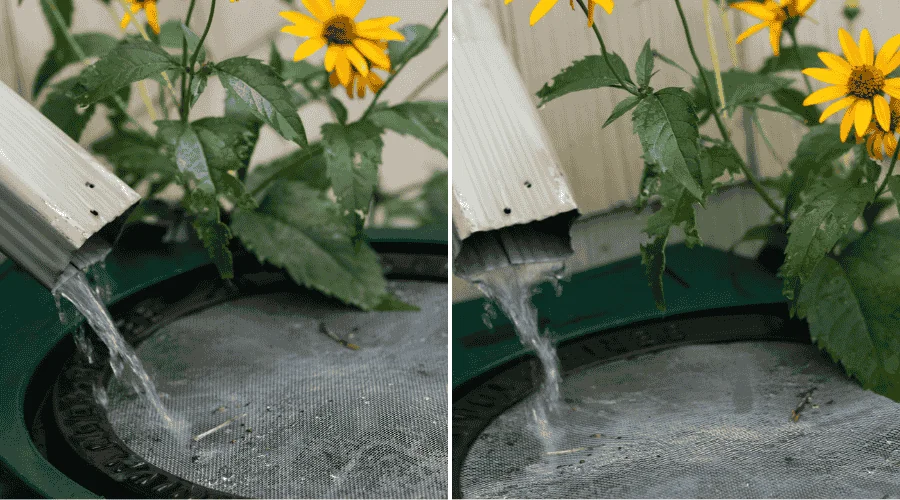By Amanda Rose Newton
Florida’s summer rains can feel relentless—but what if you could turn that runoff into a resource? For Central Florida gardeners, a rain barrel is one of the most affordable, sustainable, and garden-friendly investments you can make. Not only does it help conserve water, but it gives your plants a nutrient-rich drink that’s far better than what comes out of the tap.

Why Use a Rain Barrel in Central Florida?
Here in Brevard County, we’re no strangers to sudden downpours. During the rainy season, one inch of rain on a 1,000-square-foot roof can yield over 600 gallons of water. A rain barrel lets you capture and store some of that free water—before it becomes stormwater runoff that can carry fertilizers and pollutants into our waterways.
By using a rain barrel:
- You save money on your water bill
- You conserve drinking water
- You reduce strain on local water systems
- You help protect the Indian River Lagoon, St. Johns River, and other sensitive areas from pollution

What Makes Rainwater So Good for Plants?
Rainwater is naturally soft, meaning it’s free from the salts, minerals, and chemicals (like chlorine and fluoride) found in municipal water. These compounds can build up in your soil over time, especially if you grow in containers or raised beds.
Benefits of rainwater for plants and soil:
- Higher oxygen content than tap water—promotes healthy root systems
- Free of additives like chlorine and chloramines that harm beneficial microbes
- Gently acidic, which many Florida garden soils and acid-loving plants like
- Helps flush out excess salts in the soil

Common Rain Barrel Setups
Rain barrels are simple to set up and maintain. Most systems include a plastic, food-grade barrel (often 50–80 gallons), a spigot located near the bottom, and a screened inlet to prevent debris and mosquitoes from entering. You can buy one ready-made or DIY your own using a repurposed drum.
Typical Setup:
- Placed directly under a gutter downspout
- Screened lid to prevent mosquito breeding
- Spigot at the bottom for hose or watering can
- Optional overflow valve or connector for linking multiple barrels

Watering Methods
- Gravity-fed hose: Best for watering garden beds nearby (no pump needed)
- Soaker hose: Attach to your barrel to slowly water beds and borders
- Bucket or watering can: Fill up as needed for potted plants or hand watering
Pro Tip: Raise your barrel on sturdy concrete blocks to enhance water pressure and make filling containers easier.
Bonus: Rebates and Resources
Many cities and counties in Florida offer rebates or discounts on rain barrel kits and workshops. Check with your local extension office or water management district for details.

Make Rain Work for You
In a state like Florida, where water is abundant—but not always at the right time—a rain barrel helps you make the most of nature’s gift. It’s good for your garden, good for your wallet, and good for the environment.
So next time it pours, imagine all that water working for your garden instead of just washing away. Your plants—and the planet—will thank you.


